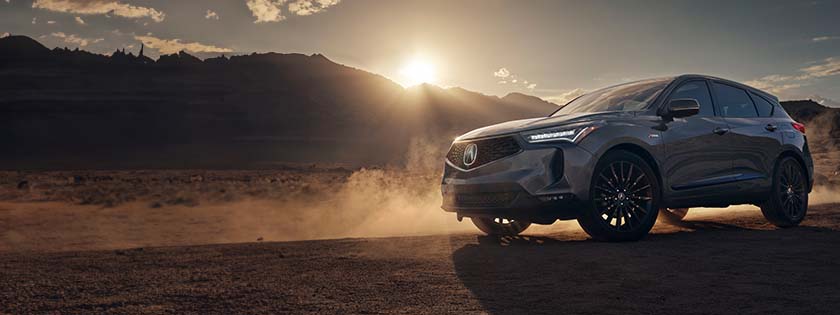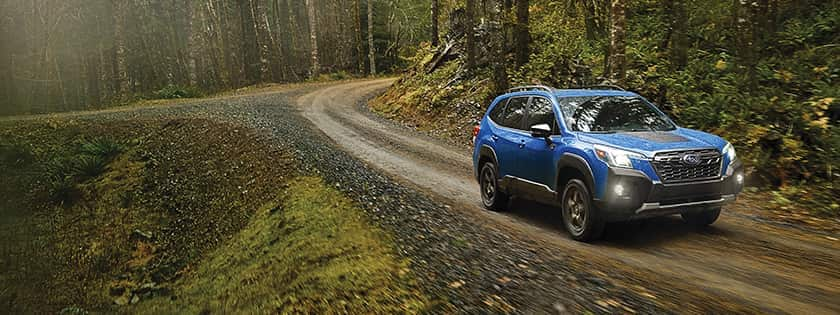What is the F&I office?
The finance and insurance office is where the dealership draws up sales contracts, where you arrange payment for the car, and where you'll be offered additional products for purchase.
Why do I have to go there?
The sale of a new or used car is not official until it's in writing and you sign the contract. There are also several dealer-, city- or state-mandated legal forms that you have to sign to conclude the sale. And then you need to actually pay for the car.
The F&I manager takes the down payment and makes arrangements with the finance company to set up your payment plan. If you have been preapproved for a loan by your bank or credit union, the F&I manager will probably ask if he can try to beat the interest rate. Finally, this is where the dealership will offer you a variety of products that can be added into your loan.
Can the salesperson do all this?
Remember all the legal forms and paperwork we mentioned earlier? The F&I manager is one of the few people at the dealership who knows all the products being offered and is trained to know the forms that need to be signed. Some dealerships have done away with the traditional F&I process, but they are the exception.
How long will it take?
Your time in the office will depend on the time of day, the number of people ahead of you and whether you have your loan documents in order. Salespeople usually outnumber F&I managers, so on a busy weekend, you could face a bottleneck that can have you waiting a half-hour or so before you even walk into the F&I office.
Once inside, you can expect to spend about 30 to 45 minutes. But if you want to hear the pitch for each product and negotiate a better price for any of them, this will add to the total time. If you've been preapproved for a loan and say "no" to all the products you're being offered, you may be able to shave off some minutes. But then again, a determined F&I manager might work hard to counter your sales objections. That back-and-forth could take awhile.
Why should I prepare?
Because dealerships make a lot of money on F&I products. A survey of 150 top dealer groups showed that customers paid an average of $1,367 for F&I products in 2016, according to Automotive News. The average dealership in the survey realized $2.4 million in revenue in 2016.
And though the argument might be that a product you bought in the F&I room would add only about $20 to $40 to your monthly payment, it still is a significant amount. Plus, you'll find that an F&I manager is often the dealer's best salesperson given that F&I products have the highest profit margins for the dealership. With this in mind, it is important to know what to expect.
What will the F&I manager offer?
Here are the products you'll likely encounter in the F&I office. We can't list every one or name the exact price; everything varies by dealer, region and vehicle. One thing to keep in mind: The price of nearly all these products is negotiable, so feel free to make a lower offer or ask for a discount.
Extended warranty: This is technically called an extended service contract. This warranty kicks in after your new-car limited warranty has expired. It is also one of the most expensive items the F&I manager will offer you. Prices can vary widely depending on the vehicle, coverage and brand.
Not sure if you need the warranty? Ask yourself these questions to help you weigh the pros and cons. If you do choose to buy a warranty, you'll want to stick with the manufacturer's product and stay away from third-party warranties.
Bear in mind you can purchase an extended warranty any time until the new-car warranty expires, which can buy you some extra time to think about it and shop for a better price.
Maintenance plans: Plans such as these bundle oil changes and other scheduled maintenance into a package. This product will be positioned as a way to "lock in" your price now to hedge against rising labor costs in the future. Essentially, you'd only have to worry about your car payment for the duration of the maintenance plan. These plans may limit you to one dealership for service, so make sure you ask about that aspect before buying.
Anti-theft products: These products can range from a simple car alarm, a starter interrupt or a GPS locator. VIN etching, in which a car's vehicle identification number is engraved on the windows and sometimes on valuable engine or body parts, also is a popular product among dealerships, which promote it as a theft deterrent. Some install these products on all their vehicles when they place them on the lot. They are often positioned as an enhancement to the factory security features. You're not obligated to buy them, so if you don't want to spend the money, ask to have any device removed or deactivated before you take possession of the car. You can also negotiate your way out of paying for the VIN etching.
Road hazard and wheel warranties: This combo warranty covers the wheels and tires in the event of damage. If you often drive on roads with potholes or debris, or simply have bad luck with curbs, this warranty might be worth considering.
Paint and fabric protection: These products offer protection to both the inside and outside of your new car by adding a chemical sealant to the fabric or paint. Modern automotive paint has come a long way in terms of durability, but if you want the extra protection, make sure you research what it costs before heading into the dealership.
Gap insurance: This pays off any difference between what your new car is worth and what you would owe after an accident or theft. Many new-car leases already include gap insurance, but it is worth considering if you've put less than 10 percent down on a financed vehicle.
Excess wear and use protection: Primarily for leases, this coverage protects you in the event you return the vehicle with a few dents, scrapes or stains in the upholstery. It will not cover the vehicle in an accident, however. That's what car insurance is for. If you tend to be hard on your leased cars, this protection is worth considering.
Credit insurance or payment protection: These plans are designed to kick in if you lose your job, die, or are unable to make your car payments for a certain period of time. In general, consumer groups have found that the cost of this coverage outweighs the benefits.
Are any of these items worth it?
It's hard to make a blanket statement on these products. People's needs and buying scenarios differ greatly. For example, do you really need gap insurance if you've made a sizable down payment on a car you are buying? Or if you take excellent care of your leased vehicle, why pay for excess wear protection?
As far as extended car warranties go, a survey by Consumer Reports (not a fan of extended warranties in general) found that 55 percent of vehicle owners who had bought an extended warranty hadn't used it for repairs during the life of the policy. Those who did use the coverage, however, were quite pleased with it.
An alternative to an extended warranty is self insurance: Set up an automatic savings account and don't tap into the fund unless it's for car repairs. If you trade in or sell your car after a few years and haven't had to use the money, you can keep funding the account for your next car, or perhaps use the money for a down payment. It's more flexible than locking up your money in an extended warranty you might never use.



 by
by 


